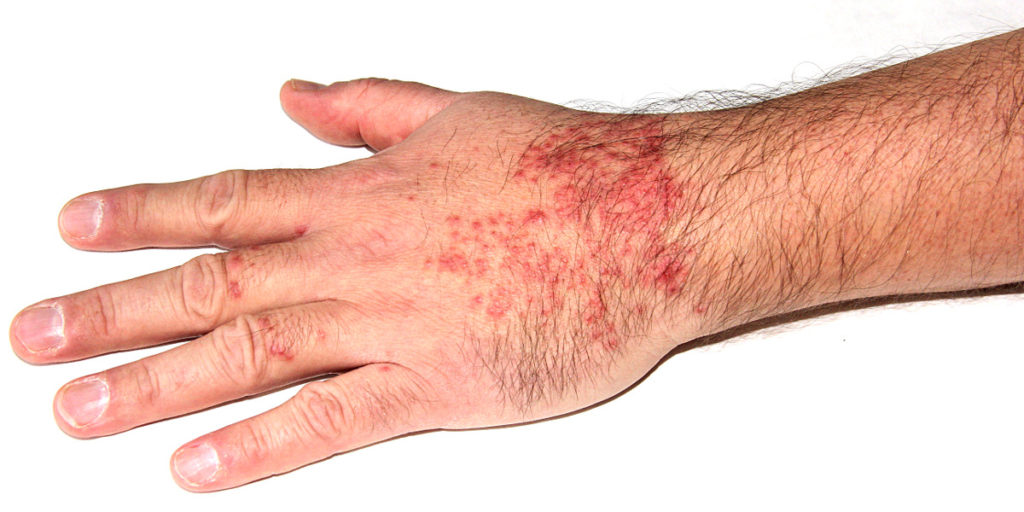
The rash can clear up on its own without experiencing further complications. Outlook for Swimmer’s Itchĭuring summer, a swimmer’s itch is a common ailment in different parts of the world. Thus, if you swim in infected water, some of the worms can land on your skin.

These larvae can live for 24 hours while hunting for a host to live and continue the cycle.

Such larvae are known as the cercariae, which swim around in the water looking for water animals. The snail will excrete other parasitic larvae in the water. After the parasite infects the snail, it will develop in it. As soon as the parasite’s eggs hatch in the water, the larvae can swim around and find their second host, who is the snail. Then, the animals or birds can pass the eggs of the parasites into the water by their feces. The worm can infect the waterfowl’s blood and all the animals that live near the water. You happen to be present and swimming in the water when the parasite is looking for its natural host. Its normal life cycle is from the water animal to snail and vice versa.
SWIMMERS ITCH FROM POOL SKIN
It accidentally attaches to the skin while searching for an animal host. Don’t worry, and this parasite doesn’t live in humans. Understanding Swimmer’s ItchĬercarial dermatitis is due to a parasitic worm that clings to your skin. For example, an allergist can give you stronger treatments, like the prescribed corticosteroid creams. Moreover, if your chlorine rash is not healed by the OTC medications, you must consult a medical specialist. This is true especially for those who have a chlorine rash but still wanted to swim and continue their exposure. An allergist will diagnose you and help treat the problems which are related to a chlorine rash. If you are experiencing a severe allergic reaction such as hives or difficulty breathing, you must consult a doctor immediately. This can help you swim comfortably and enjoy the day. The topical applications mentioned above will help reduce the incidence of a chlorine rash. You can also buy lotions or body washes that can remove chlorine and soothe the skin.Īvoid scented lotions, which can add irritation to the skin caused by chlorine. If you experience hives, you can take medications or apply diphenhydramine cream like Benadryl on the skin. The skin on the face is thin, and the cream can irritate the eyes and mouth. However, most medical professionals don’t recommend hydrocortisone cream on the face. Examples of these are corticosteroid creams like hydrocortisone. You can solve a chlorine rash by buying over-the-counter (OTC) medicines. Apart from the causes, you will learn the signs, symptoms, treatment, and prevention. This article will learn the causes of both the chlorine rash and the swimmer’s itch. This is especially true when you swim in the shallow water by the shoreline. Meanwhile, you will be more likely to experience a swimmer’s itch when you swim in salt or freshwater. If a pool is clean and well-maintained, it contains the right amount of chlorine, preventing the growth of parasites. Freshwater doesn’t have chlorine, unlike the swimming pools. Knowing the difference between a swimmer’s itch and a chlorine rash depends on where you are swimming. Medically, this condition is known as ‘cercarial dermatitis.’ It can cause rashes that look like small pimples. When you come in contact with them, the parasites can enter your skin.

In a swimmer’s itch, the parasites are from the snails which are present in the water. A swimmer’s itch is due to the microscopic parasites that dwell in freshwater, whereas a chlorine rash is a reaction of your body because of exposure to chlorine in the water. Both the swimmer’s itch and chlorine rash are swimming-related rashes.


 0 kommentar(er)
0 kommentar(er)
